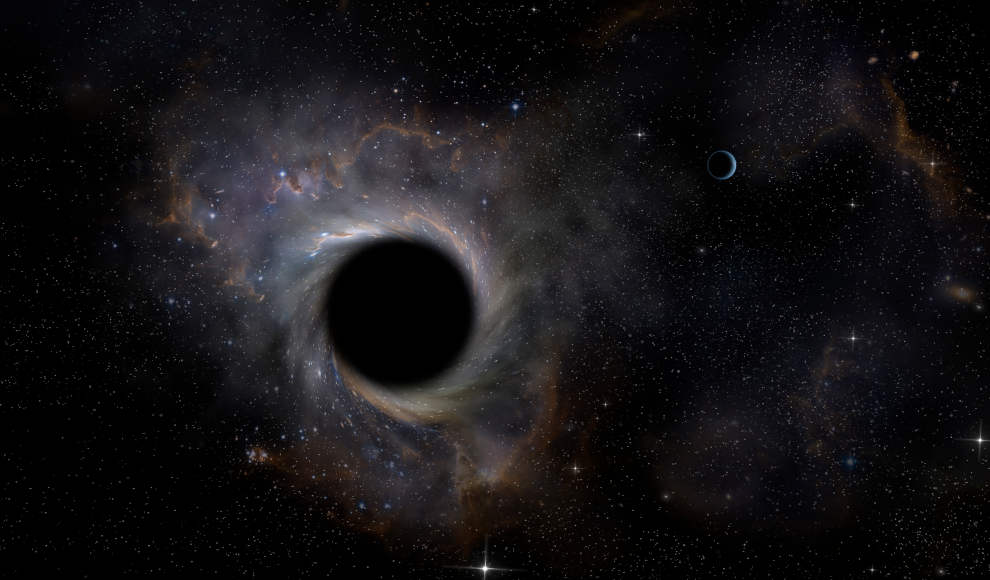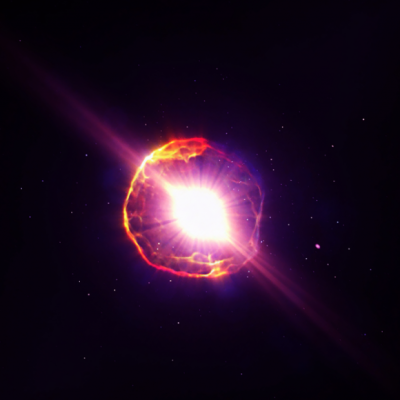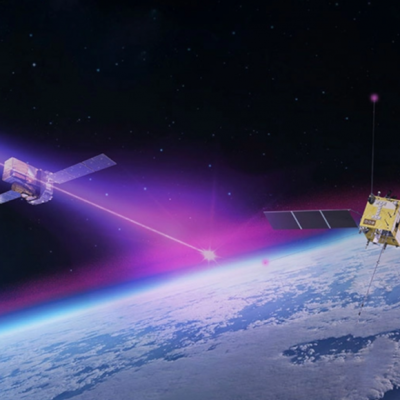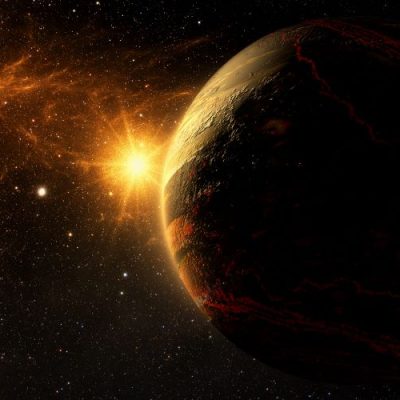Astronomers have long believed that black holes can only reach speeds of around 5000 km/s. However, new research from the Rochester Institute of Technology (RIT) has shown that black holes created by the collision of two other black holes can reach much higher speeds. According to a publication in the Physical Review Letters, the theoretical upper limit for these speeds is 26,677 ± 470 km/s, which is around nine percent of the speed of light. This discovery could have significant implications for our understanding of the universe.
Scientists have been studying collisions between black holes for several years, using tools such as gravitational wave detectors. They have known for some time that the resulting object can reach extreme speeds due to the recoil effect. However, until now, it was believed that the rotational speed of the two black holes was the primary factor determining the strength of the recoil and the maximum speed of the new object. The RIT study confirms this theory but also shows that other factors can influence the speed.
The study, which involved more than 1,300 collisions with varying impact angles, focused on direct collisions rather than longer-lasting merging processes. The strongest recoil force was observed in very close, direct collisions, such as when two black holes orbit a third object from opposite directions and collide. This new understanding of black hole collisions could help scientists identify examples of these events in the universe and improve our understanding of the physics involved.
In conclusion, the RIT study has shown that black holes created by the collision of two other black holes can reach much higher speeds than previously thought. This discovery could have significant implications for our understanding of the universe and the physics of black holes. Scientists will continue to study these events to gain a better understanding of the factors that influence the speed of the resulting object.







-400x400.jpg)


